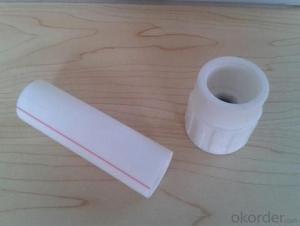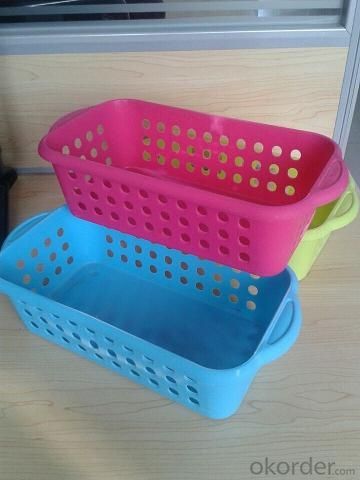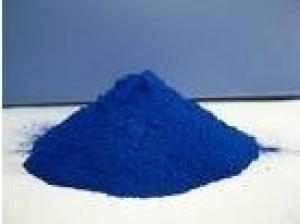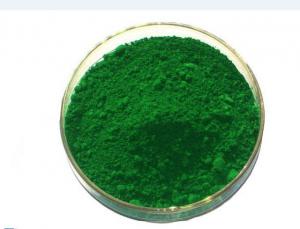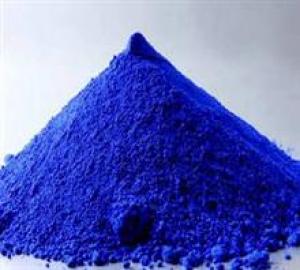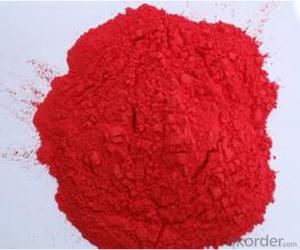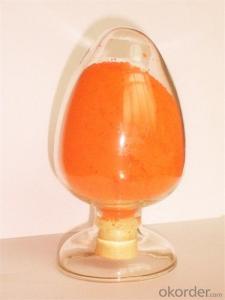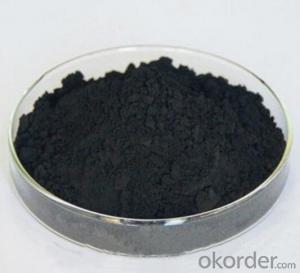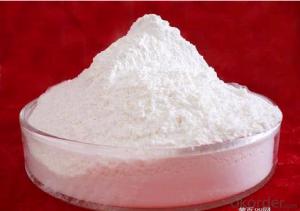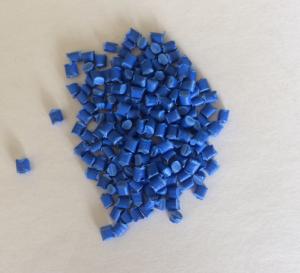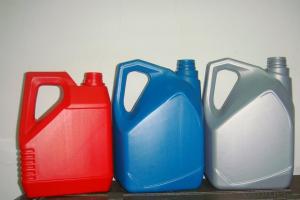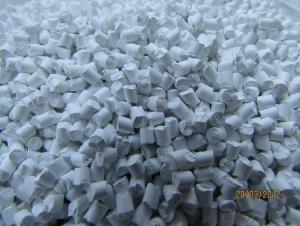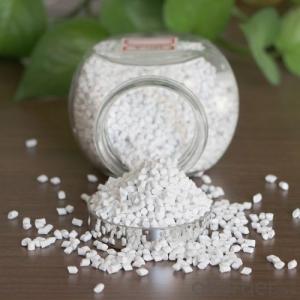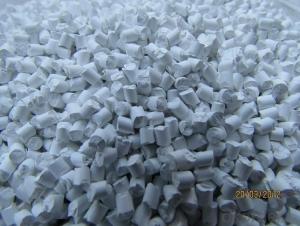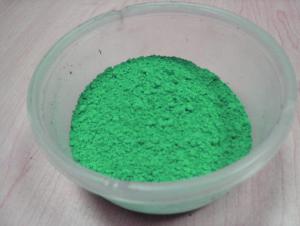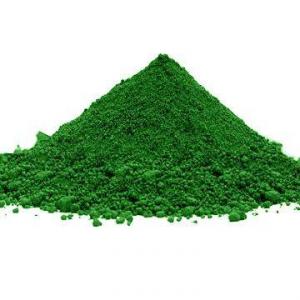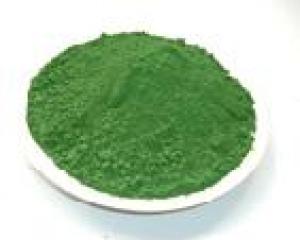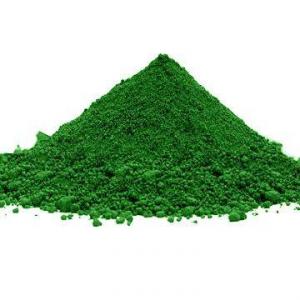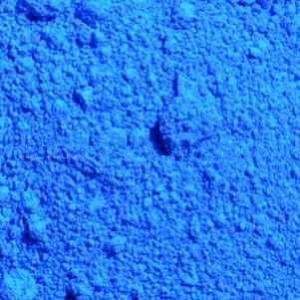PPR Pipe color Masterbatch High Density Black&White Masterbatch
- Loading Port:
- China main port
- Payment Terms:
- TT OR LC
- Min Order Qty:
- 25 kg
- Supply Capability:
- 1000000 kg/month
OKorder Service Pledge
OKorder Financial Service
You Might Also Like
Specification
Application & Features
This series of products use PP as the substrate. lt has characteristics such as Easy coloring,Non-toxic,Tasteless,weathering strong,No leakage and migration.There will be No bubble and pocking mark while producing,meanwhile,it enhance pipes stiffness and toughness.
Technical Specification
General Information | ||
Product Name | : | PPR Pipe color Masterbatch |
Physical and Chemical Specification | ||
Packaging | : | Unit Kraft bag |
Carrier Resin | : | PE |
Melting Temperature | : | > 100° C |
Appearance | : | Uniform granule |
Light Fastness | : | 5(ISO Blue Wool Scale) |
Heat Stability | : | 240 ° C |
Application | : | Injection & Extruding moulding , |
Letdown Rate | : | 2 % ~ 4% |
Color difference | : | ΔE<0.3 0.3 |
MFI(ASTM D-1238,190°C,2.16kg) () | : | 21± 5 grams/ 10 minutes |
Moisture(ASTM-4019) | : | 0.5 % |
Granule count/gram | : | 30-50 |
Granule length (L) | : | 2.5 – 3.5 mm |
Granule diameter (D) | : | 2 – 3 mm |
- Q: Can some one suggest chemical pigments that can be easily made from chemicals available in a chemistry lab for a project?I need the name of the pigment, reactants required and chemical equations of reactions involved.I need atleast 5 pigments
- Some pigments easy to make in a school laboratory: 1) Calcium carbonate: Mix solutions of calcium chloride and sodium carbonate : CaCl2(aq) + Na2CO3(aq) → CaCO3(s) + 2NaCl(aq) filter off and dry the calcium carbonate 2) Barium carbonate Exactly as above , but start with barium chloride 3) Calcium sulphate Mix solutions of calcium chloride and sodium sulphate: CaCl2(aq) + Na2SO4(aq) → CaSO4(s) + 2NaCl 4) Barium sulphate Use barium chloride instead of calcium chloride . 5) Satin white is another interesting pigment: Mix solutions of aluminium sulphate and calcium hydroxide with strong stirring , You get a paste which is a mixture of aluminium hydroxide and calcium sulphate . There is no specific formula because what you get depends on how you mix. Do not try and dry this out to get a dry pigment - it does not work. There are 5 white pigments that you can easily make - but remember to wear proper protective clothing when working with all chemicals
- Q: Is gel food coloring a pigment or a dye?
- Dyes contain pigments, my friend. What is a pigment? They are like little beads. Very very tiny beads of the same color. Then if you spread these out, they give the thing a color. For example, the little green beads in leaves give it a green color. Pigment in our hair gives it a blonde/auburn/brown/black color. What is a dye? A dye is a liquid made up of water and pigments. The pigments are dissolved in water (well not really dissolve just that you cant see the beads) so that it's easier for us to use it. Everything that has a color is made up of pigments. So, gel food coloring is a thicker version of a dye that contains pigments.
- Q: pretty self-explanatory...
- Pigments help in making food for the plants they also give color to it.Pigments are of different types which give different color to its leaves or fruits.Like mango is green first and then turns yellow coz green pigment is replaced by yellow pigment. Green pigment in most of the fruits is present only till it requires food and is raw.
- Q: What does the word pigment mean?
- meant to be a pig. :)
- Q: what is a pigment? Please describe it, and tell me the uses.?
- Pigments are a natural color in organisms. To understand pigments, you must understand the reflections of light. Pigments allows for organisms to have color, like the blue or brown in the eyes. For example, leaves in plants are color green because their pigments absorb all the colors because of photosynthesis except green and reflects off the color. Their plants are usually not green because they don't need to absorb light as much as the leaves does. Pigments depend on the type of light it absorbs. You are green in a dark room with green light right?
- Q: I love the colours that pigments come in but I don't know how to use them. Is there any easy way?
- You can go to a store that sells makeup and ask them how to use it. They will even show you.
- Q: what is pigment?
- a pigment has some kinds like biological pigment and arsenic pigment. i dont know much about the arsenic pigment. i would just tell something about the biological pigment. in biology, pigment is any material resulting in color of plants or animals cells. many biological structures like eyes,fur,hair and skin contains pigments like melanin in specialized cells called chromatophores.
- Q: (After the fifteenth century)
- Pigment is color in powder form. An example is lamp black; it was first made from the soot of kerosene lamps ground fine. Binder is a substance used to hold pigment together and make it adhere; in the previous example, linseed oil would be the binder for the lamp black pigment. Vehicle is a medium acting as a solvent, carrier, or binder for paint; turpentine or mineral spirits would be a vehicle but so would linseed oil as well to help dilute the paint and help it cover a large area. Hope that helps and thanx.
- Q: i want to get mac melon pigment but i dont know what other eyeshadows to pair and blend it with. im looking for an everyday look. also what brushes to use with pigments?
- With the Melon pigment, I would recommend using warm, chocolate copper, bronze types of colors. It will provide a nice contrast to the melon while giving your eyes some added depth and definition. As far as brushes go, I like using the 252, large shader brush. This brush picks up pigment nicely and it has nice compressed/dense bristles so you can manipulate and lay the pigment down with greater ease. I like the #286 The dual fiber blending brush for pigments as well. It's made of natural fiber and synthetic fiber. This is a great brush because you really get 2 brushes in 1. With this 'blending' brush you can also use it for targeted color deposits and the synthetic fibers won't suck up what you just laid down and you will get a flawless, beautifully blended eyeshadow application.
- Q: What pigments take part in photosynthesis?
- Pigments are chemical compounds capable of absorbing certain wavelengths of light energy depending upon their color. A pigment will look the color of whatever wavelength it does NOT absorb, In photosynthesis there are two major classes of pigments 1) Chlorophyll-- which absorbs many light wavelenghts EXCEPT green- which comes in two forms, chlorophyll a which is possessed by most plants, algae and cyanobacteria and chlorophyll b found in both plants and green algae. 2) Carotenoids- pigments which look orange and brown and pass the energy on to chlorophyll for use in photosynthesis, hence their name of accessory pigments.
Send your message to us
PPR Pipe color Masterbatch High Density Black&White Masterbatch
- Loading Port:
- China main port
- Payment Terms:
- TT OR LC
- Min Order Qty:
- 25 kg
- Supply Capability:
- 1000000 kg/month
OKorder Service Pledge
OKorder Financial Service
Similar products
Hot products
Hot Searches
Related keywords
